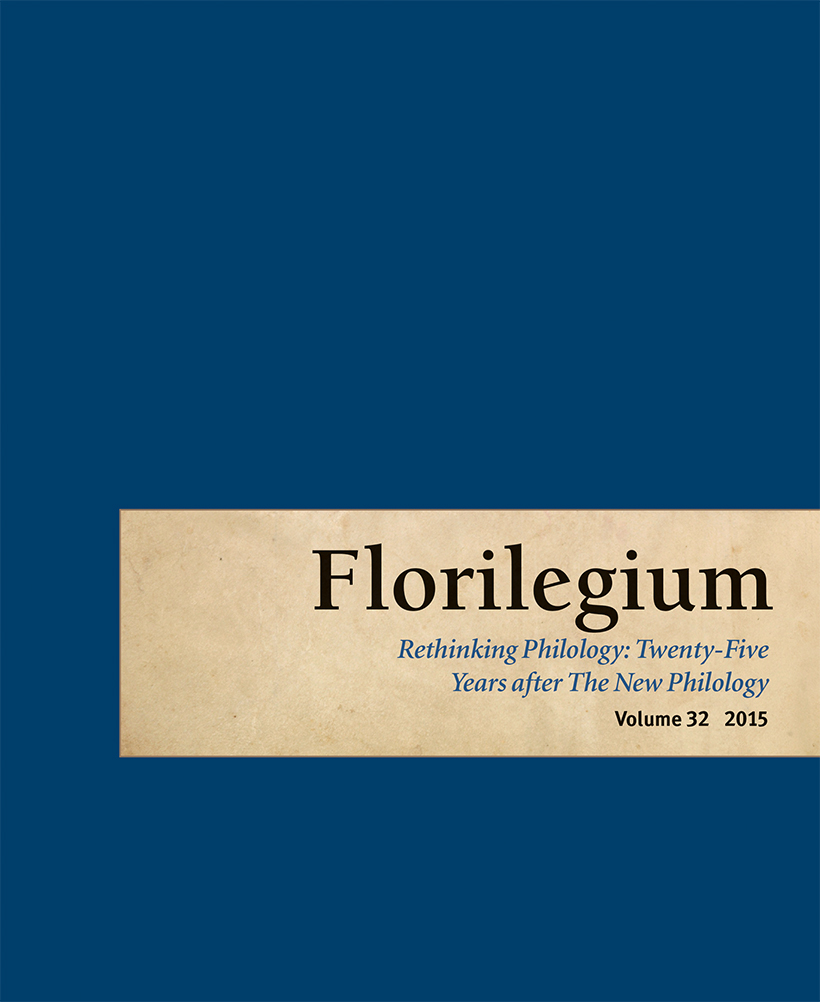Getting Technology and Not Getting Theory: The New Philology after Twenty-Five Years
Abstract
For the full article, please visit Project MUSE or click here (subscribers only).
The New Philology, as presented by Stephen G. Nichols in the January 1990 issue of Speculum, offered the exciting prospect of combining poststructuralist theory with manuscript studies. But the two proved antagonistic in many ways. Theory was difficult to grasp and militant, calling for political engagement. It assumed the stability of late print culture, in which texts could be firmly identified and placed in chronological order. Drawing on structuralism and its analysis of synchronic linguistic systems, poststructuralist theory also tended towards abstraction and it problematized human intention, which manuscript scholars, for the most part, remain committed to recapturing.
Résumé
La nouvelle philologie, telle que l’a présentée Stephen G. Nichols dans le numéro spécial de Speculum en janvier 1990, offrit la perspective stimulante de combiner la théorie poststructuraliste et l’étude des manuscrits. Mais les deux se montraient antagonistes à maints égards. La théorie poststructuraliste était difficile à saisir et militante, faisant appel à un engagement politique. Elle tenait pour acquise la stabilité de la culture tardive de l’imprimé, grâce à laquelle les textes pouvaient être clairement identifiés et classés dans un ordre chronologique. S’appuyant sur le structuralisme et son analyse des systèmes linguistiques synchroniques, la théorie poststructuraliste portait vers l’abstraction et mettait en question l’intentionnalité humaine que les spécialistes des manuscrits, pour la plupart, s’efforcent toujours de saisir.



